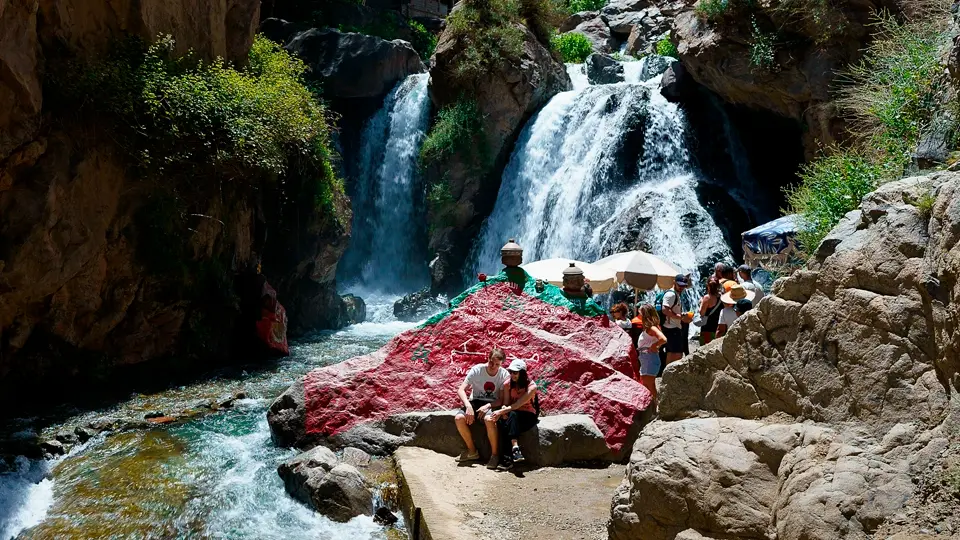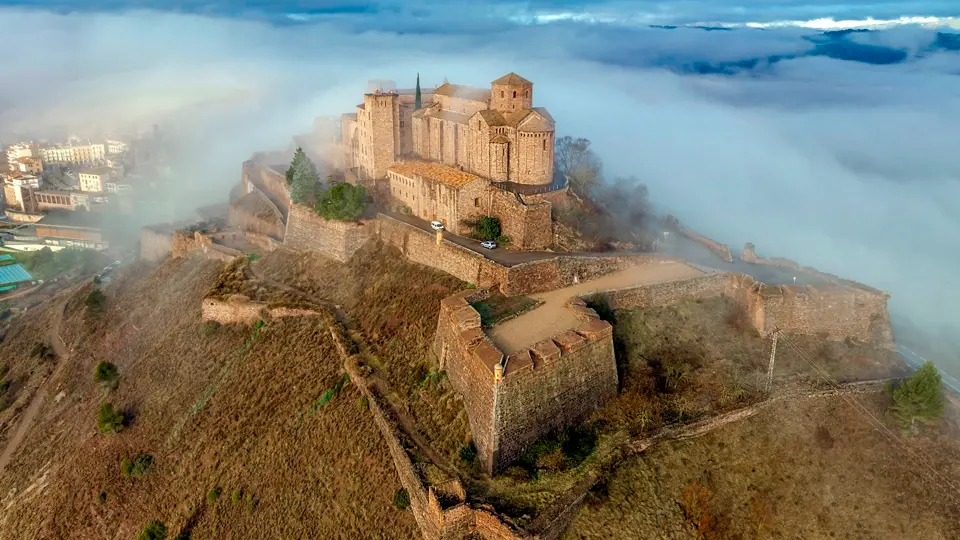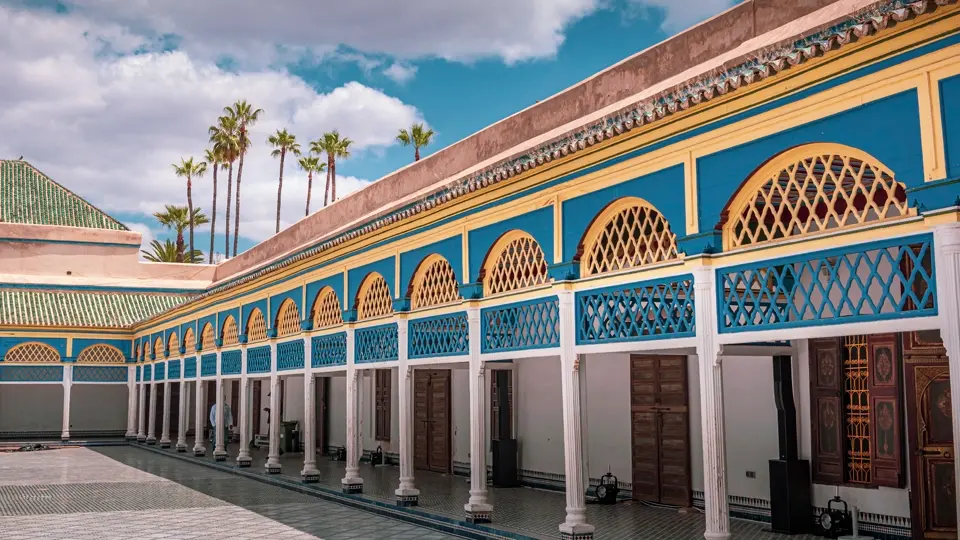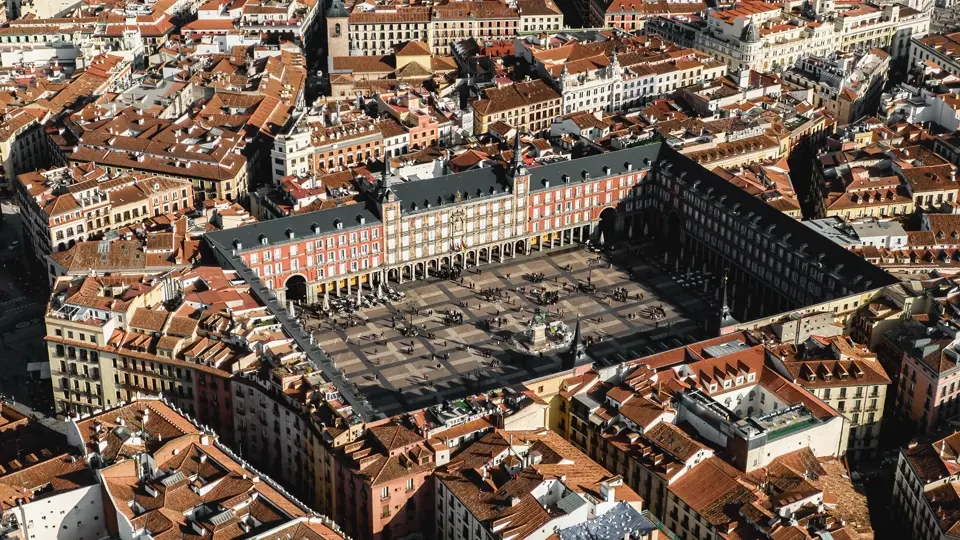Local luxury travel agency in Spain, Portugal, and Morocco
At Carameltrail, we understand that every traveler is unique. As a travel agency specializing in Spain, Portugal, and Morocco, we are dedicated to creating personalized experiences that go beyond the conventional.







